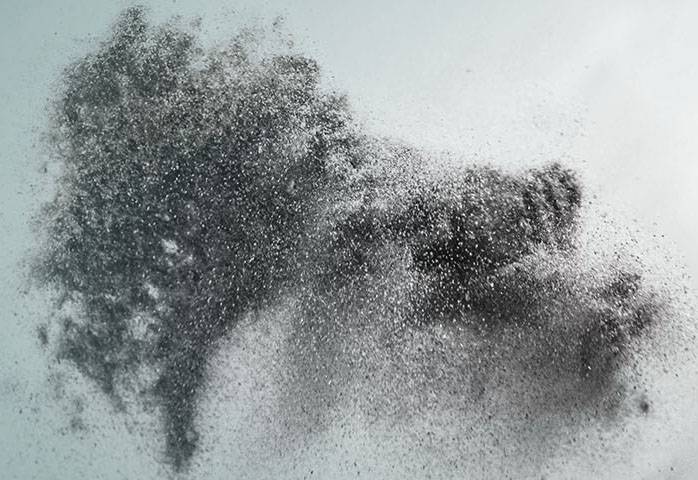Mainly occurring in the metalworking industries, exposure to dangerous nickel dust can cause serious health risks, affect employee productivity, and damage corporate reputations. But what is nickel dust, how can it harm people’s health, and how can you protect your employees? That’s what we’re exploring right here.

Nickel is a silvery-white metal that is relatively common in nature and plays a role in a wide variety of processes.
As a natural mineral, nickel occurs in various regions. But most of the world’s nickel resources can be found in countries like Indonesia, Canada, Russia, and Australia. It is also mined in South Africa and other parts of the world.
Nickel is used primarily in the metalworking industry, meaning that nickel dust is produced in workplaces that produce or use nickel and nickel compounds in mining, smelting, welding, casting, and grinding.
It is also used when different alloys are produced. For example, in the production of jewellery, coins or other metal objects. You can even find nickel in stainless steel.
If you work with nickel – regardless of whether it is melting, welding, casting, or grinding – toxic nickel dust is produced. Its so-called toxicity level, however, depends on how easily the nickel compounds dissolve.
Even brief, unprotected contact with nickel dust can be dangerous.
For example, the first symptoms include:
But any type of fine dust can also have a negative impact in the long term, contributing to more serious illnesses like:
According to the Agency for Toxic Substances & Disease Registry cases of lung and sinus cancer occur when employees are exposed to more than 10 mg nickel/m³.
This is also confirmed by the US Environmental Protection Agency (EPA), which classifies nickel refinery dust and nickel subsulfide (based on studies) as carcinogenic to humans.
First and foremost, companies should not assume employees are aware of the risks associated with nickel dust – awareness is key.
Here are 6 pointers to help you mitigate the risk:
But for the best results, you should extract nickel dust directly at the source with our market leading air cleaning systems.
Protect employees and stay productive at all times
Zehnder Clean Air Solutions extract nickel dust directly at the source to ensure it is removed from the air before workers can breathe it in.
This not only helps protect the health of your team and improves productivity, but also ensures a healthy dose of employee retention. The (even) better corporate image will follow along by itself.
To complete your subscription to our newsletter, simply click on the link in your inbox. If you don't receive anything, check your spam folder to be sure.